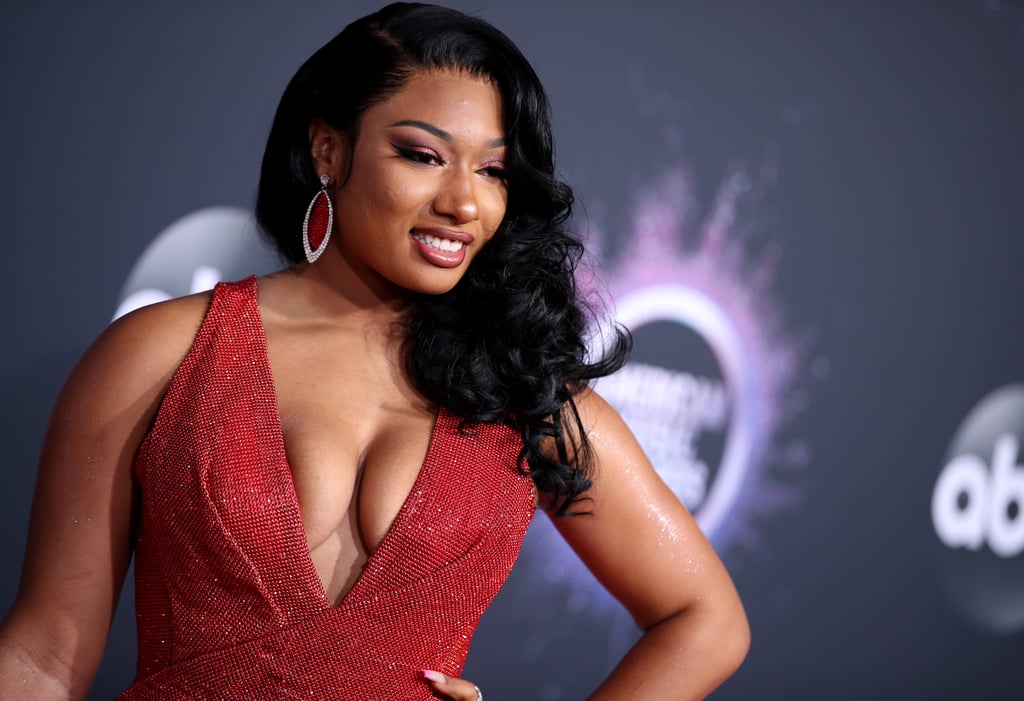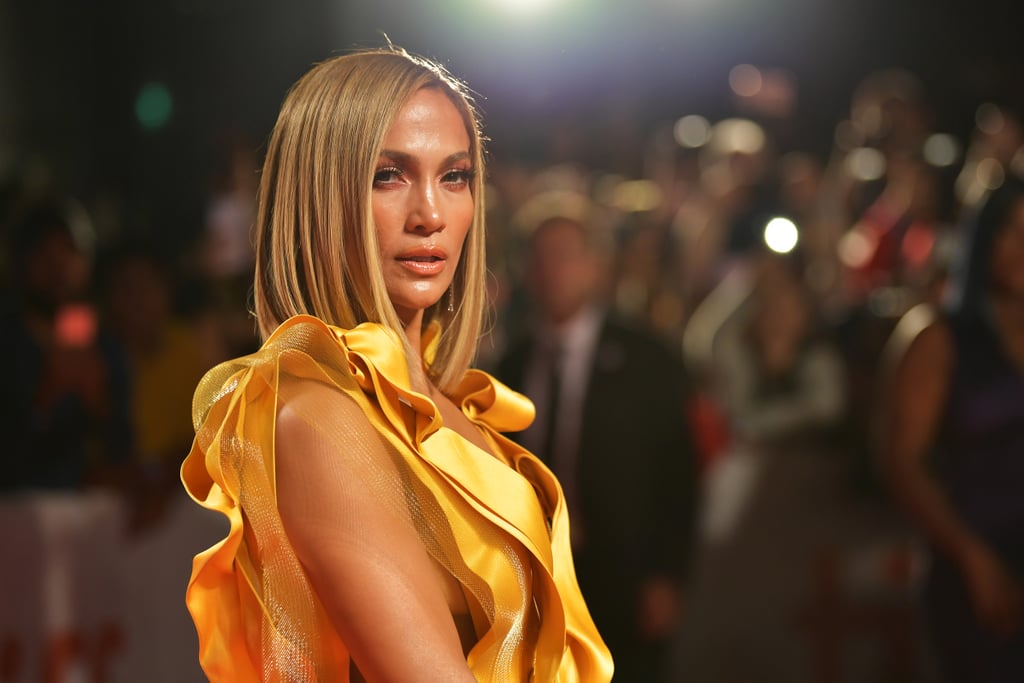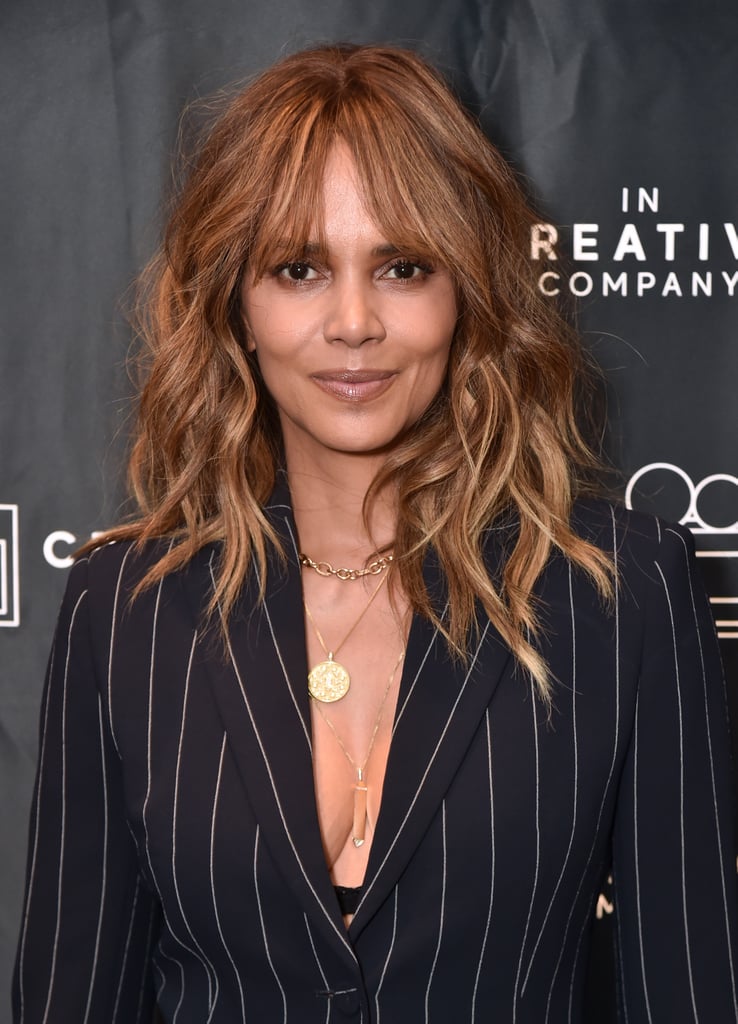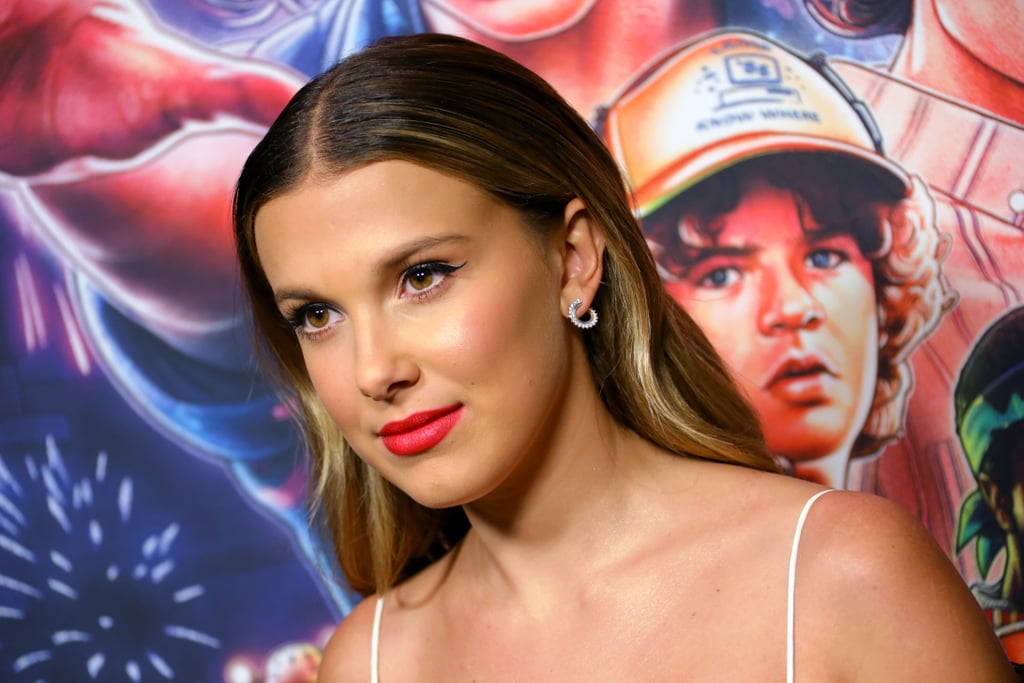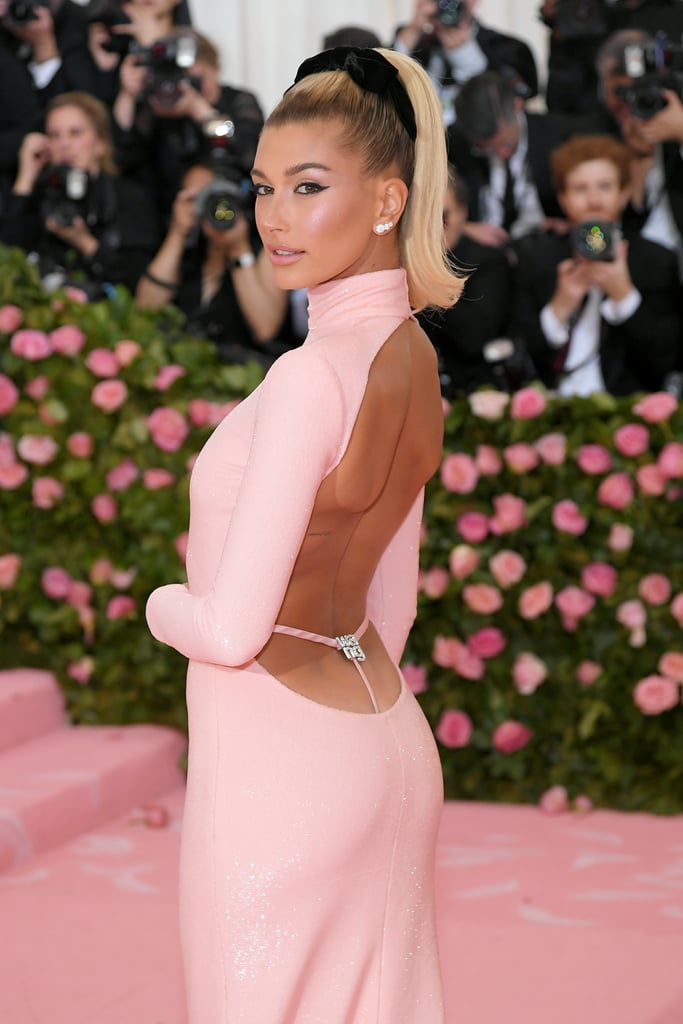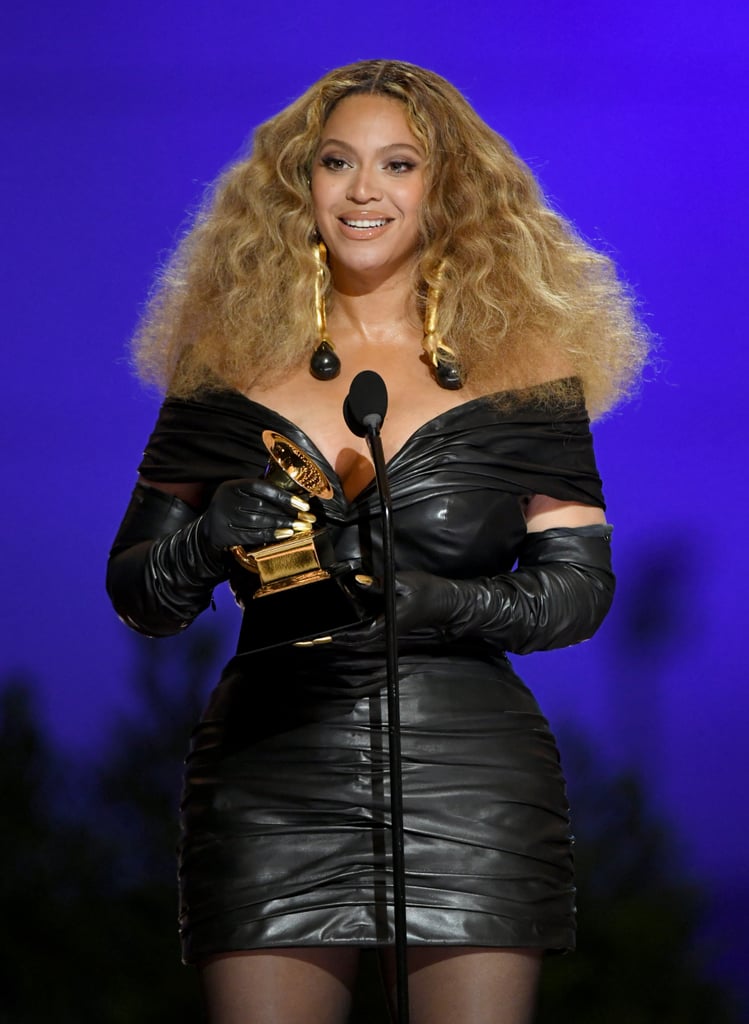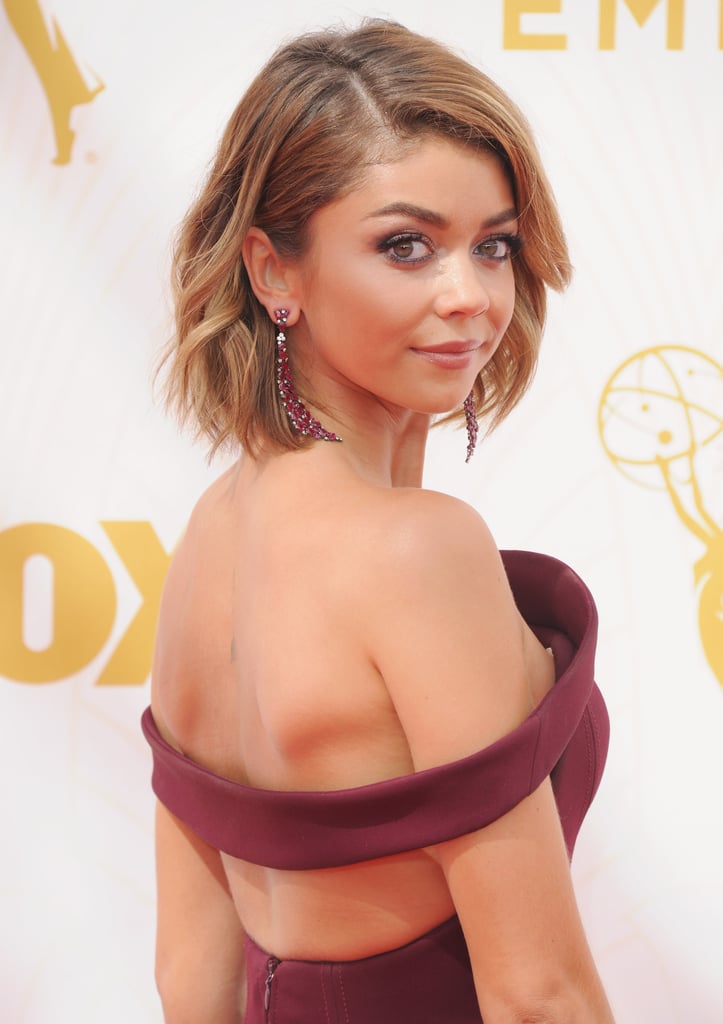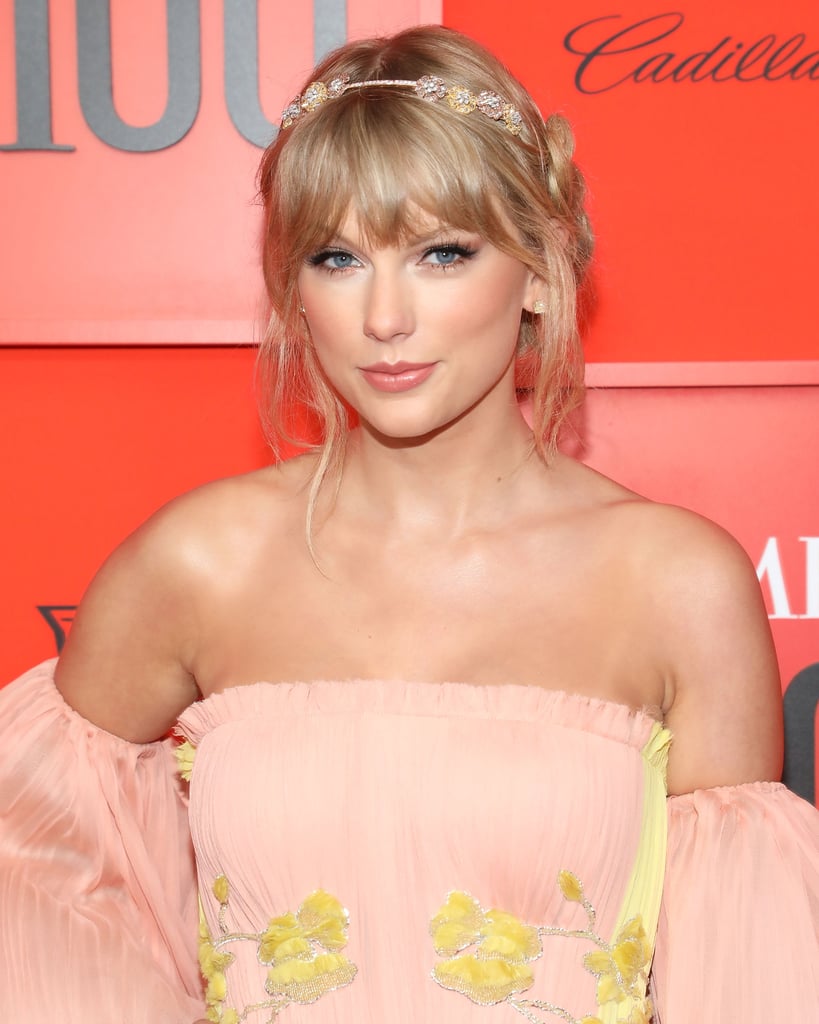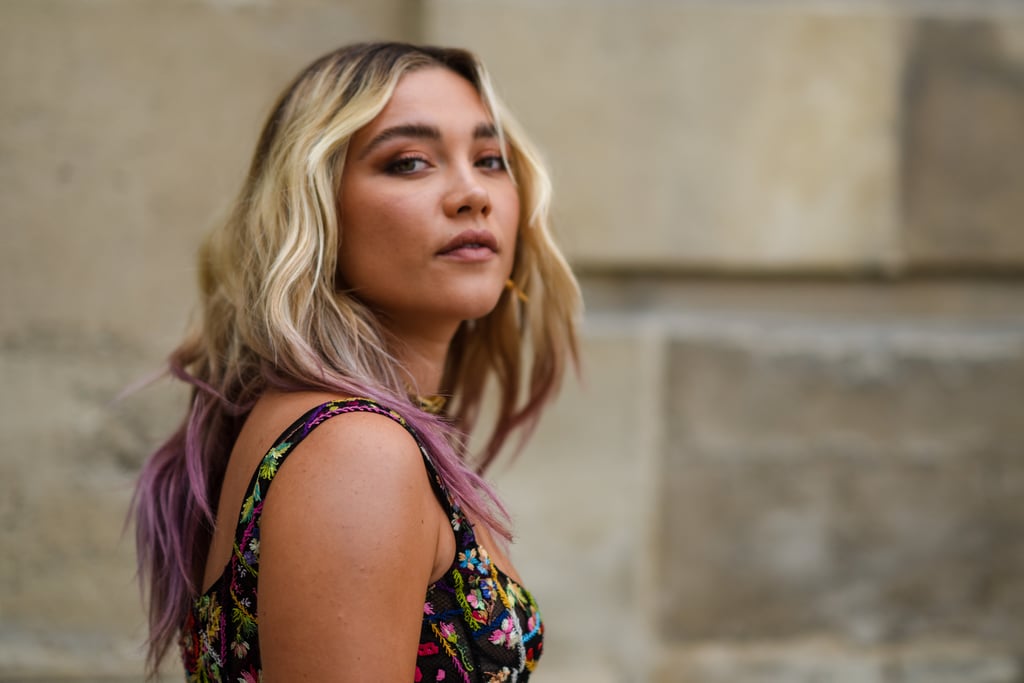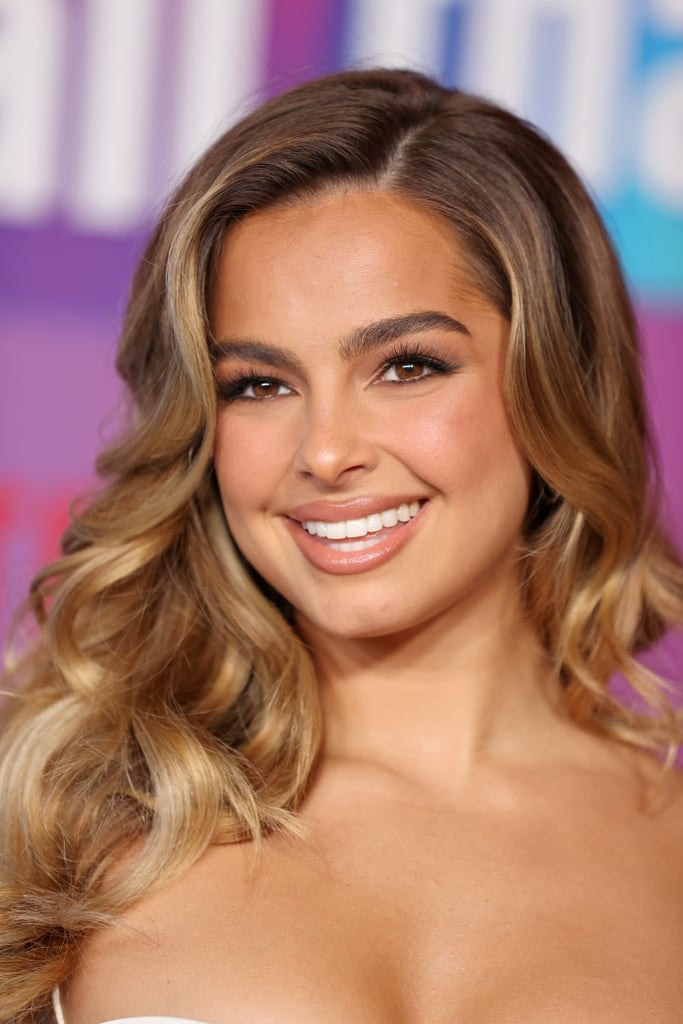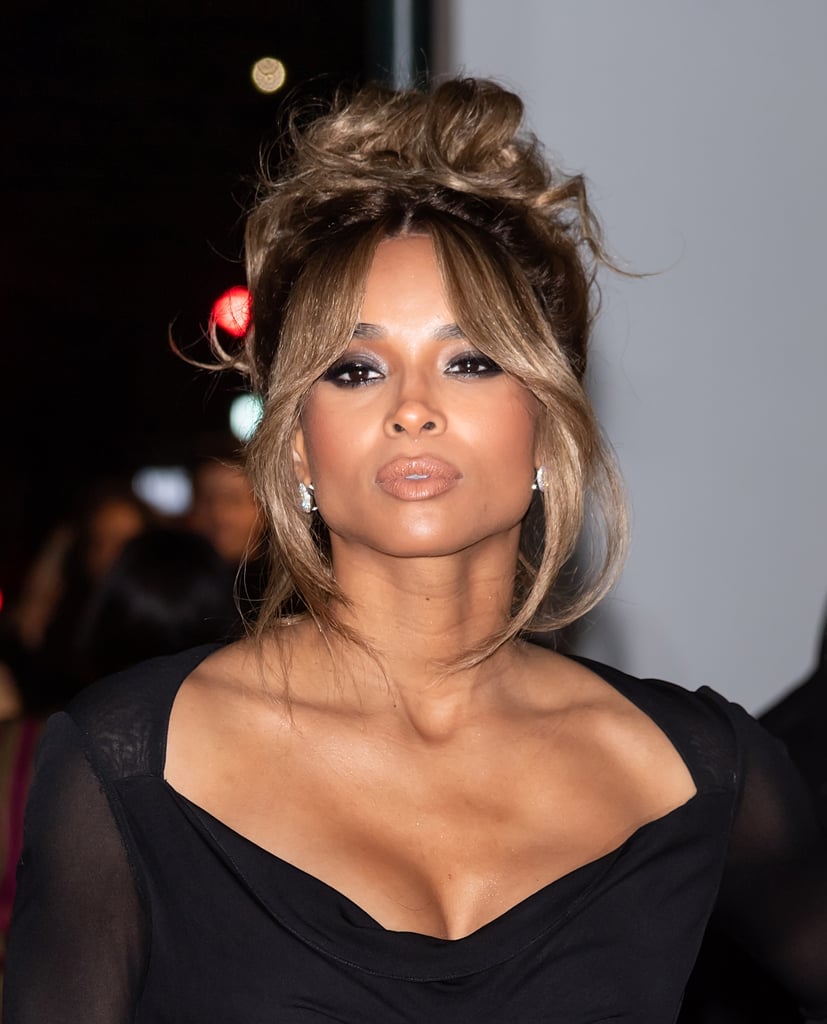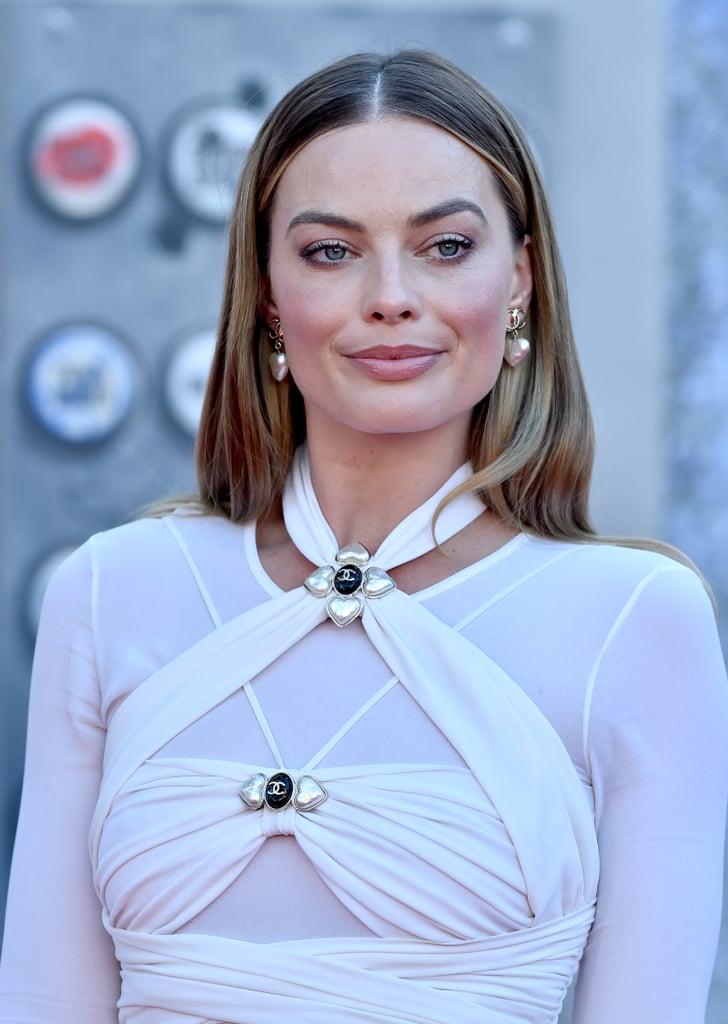Making big hair decisions [1] can be a very daunting experience. If you're anything like us, hair changes outside of a standard trim [2] can seriously make you reconsider departing from just a wash and style at the salon. Not only is it hard to imagine what the color process will look like after your style is complete, but there are just so many terms to keep track of. (Like, seriously, what do "rooting" and "spongelights" mean?)
As intimidating as the task may be, thankfully, more salons are offering things like color consultations [3], allowing you to physically sit in a chair to talk through what you may want to do for your next hairstyle. But if even that is too much work for you (no judgment), we asked a handful of professional colorists to break down some of the hair-color terms you should know before your next appointments.
From what a single-process color treatment really means to what the "sombré" technique looks like, and all the other buzzwords in between, keep reading. Gone are the days of choosing a look and just hoping for the best.
Single-Process Color
Single-process hair color [4] is what you want to ask for at the salon if you want an all-over hue update. The shade is just one tone from scalp to ends. It's also referred to as a base color. For covering gray hair, a single-process color is all you need.
Double-Process Color
A double-process treatment is a base color plus highlights for extra dimension. Make sure to book additional time at the salon if you want a two-step hair change, which requires more skill and nuance. Double process has gotten a bad reputation over the years, but it doesn't have to be unhealthy for the hair when done by a professional.
Highlights
"[Highlighting] is the act of lightening pieces [5] of the hair with the use of color or bleach and folding them into a foil to let the color process," celebrity hairstylist Clariss Rubenstein [6] previously told POPSUGAR. "Typically, there is a structured pattern the colorist follows when applying highlights."
Maria Elizabeth [7], hairstylist and owner of Salon deZEN, adds: "Foil highlights start directly at the roots of the hair to create anywhere from lower contrasting highlights called babylights to highly dimensional hair color. The amount of the contrast is visually created by taking larger or smaller sections and not just by making the hair itself lighter."
Lowlights
Lowlights [8] are the opposite of highlights. They are darker pieces of hair usually reserved for the layers underneath and around the neck. "If kids are out in the sun, the top of their heads get really light and the middle, back, and under are always darker because that part doesn't see the sun," Kari Hill [9], L'Oréal Paris celebrity colorist and stylist at Meche Salon, tells POPSUGAR. Lowlights can also be used if highlights have morphed into one solid color over time. "I call it the buildup of highlights," she says. "If you go every six to 10 weeks and get highlights over and over, eventually, you will probably need some lowlights to break it up because things just get solid."
Babylights
"Babylights [10] are placed around your hairline and on your part," Hill says. They don't go too deep within your hair. "Just think subtle, delicate — and it's good for fine hair." Think of it as taking small pieces of hair and only highlighting the top half of it.
Ponytail Highlights
If you like to wear a lot of updos, Hill recommends adding a few ponytail highlights near the nape of the neck and over the ears. "I think it's good to keep some highlights around the whole perimeter of your head because it seems lighter without doing full, internal highlights," she says. "When you lift [the hair], you have just the few highlights over the darkness, and it looks natural."
Bronde
"Bronde" is what you call the hair color in between brunette and blond. Hill describes it as taking someone with dark blond or light brown hair and adding a layer of highlights to lighten the overall color.
Balayage
When you see the colorist at the chair next to you meticulously painting every strand of hair with bleach, that is them utilizing the balayage technique [11]. In French, the word means sweeping or scanning. It's just a myth that balayage always looks more natural than a foil highlight. "If [the colorist] is being heavy-handed, someone can end up with these chunks right on their hairline," Hill says. "You shouldn't be able to tell the difference between a good balayage and a good foil, in my opinion."
Rooting
If your schedule won't allow hair-color appointments every six weeks, ask your stylist to root your hair. "We do all the highlights, and then we put a gloss, or a toner, or a color on the roots to tone it down," Hill says. "It's just something that takes away the contrast so it doesn't look so bold or blatant in the regrowth. I like to compare it to smudging your eyeliner."
Ombré
Ombré color trends [12] every summer when people want sun-kissed hair that is dark at the roots and lighter on the tips. The real beauty of it is how low maintenance the style is. "When it first came out, the idea was to lighten up just the ends, and it looked natural because on a child hair goes from dark to light on a strand," Hill says. "It's like a beachy brunette, pretty and subtle."
Dip Dye
Dip dye is the most extreme form of ombré hair color. There is a clear demarcation where one color ends and the other begins. This high-contrast technique is definitely for the bold, and it looks fabulous with bright shades [13] especially.
Sombré
Hill describes sombré (a subtle ombré) [14] as the marriage of typical ombré hair color with babylights. There are some highlights near the roots, but the majority of the color is still at the ends.
Tortoiseshell Hair Color
"[Tortoiseshell] is more highlighted than sombré, and it's less ombré than ombré," Hill says. "It basically adds more highlights to the top portion of the hair, and it makes the ombré even more subtle." The key to getting the tortoiseshell look on brunette hair is to ask for golden tones. Key words to use with your colorist are honey, caramel, and copper.
Spongelights
"Spongelights" are highlights created with a sponge. It's a new emerging trend that's just barely started in salons, but pretty soon it will be the talked-about technique. "It's a form of hair painting," Hill says. "You apply color with a sponge, and it just touches the surface of that hair, so you're not penetrating it." The effect is sun-kissed, barely there color.
Oxidation
When your color just doesn't look as vibrant and it's time for a touch-up, it's probably the fault of oxidation. And blondes aren't the only ones who get brassy. Oxidation can happen to brunettes and redheads, too. "People think it's the sun that oxidizes, but it's just the elements: hard water in your faucet, shampoo, conditioner," Hill says. "Permanent color, in general, has an expiration date."
At around four weeks when your hair color starts to turn, book a toner, gloss [15], or buildup remover [16] with your salon (and a conditioning treatment, too). At home, make sure to use a color-correcting shampoo and conditioner — it's not just for blondes. According to Hill, brunettes with ombré hair color and highlights can go brassy, too. The goal is to stay nice and cool, like Margot Robbie pictured here.
